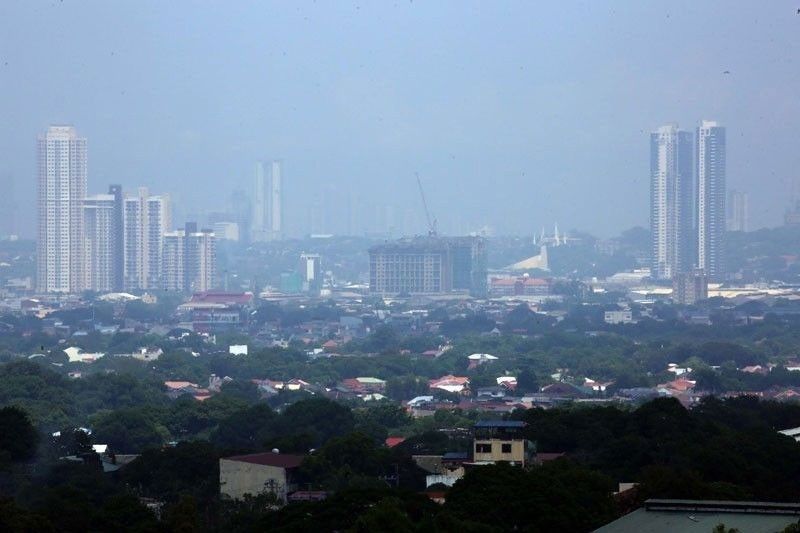Philippine growth forecast cut as downside risks remain

MANILA, Philippines — Singapore-based ASEAN+3 Macroeconomic Research Office (AMRO) further slashed its economic growth outlook for the Philippines this year as the country continues to face multiple downside risks in containing COVID-19.
In a briefing yesterday, AMRO said it has lowered its gross domestic product (GDP) growth forecast to 6.4 percent from the 6.9 percent estimate in March.
Its new forecast still falls within the six to seven percent updated growth target set by the government last month.
AMRO chief economist Hoe Ee Khor said the country is still facing two main short-term risks – a prolonged wave of COVID-19 infections and potential financial distress in the business sector.
While COVID-19 vaccination started months ago, Khor said this should be rolled out at a much faster pace to contain infections and to fully open up the economy and allow it to recover.
Matthew Yiu, AMRO group head for the Philippines, said new COVID-19 variants make mass vaccination more urgent, especially as only a small percentage of the population has been vaccinated.
Latest data from the Department of Health showed that the Philippines has administered some 10.07 million doses. About 2.3 percent or 2.53 million Filipinos have been fully vaccinated, while those who were given at least one dose reached 7.74 million or some 6.9 percent of the population.
“The government should speed up the vaccination program significantly so that the economy can reopen and business and consumer confidence can be restored as soon as possible,” Yiu said.
AMRO desk economist Zhiwen Jiao, for his part, maintained that scarring effects from the pandemic would also depend on the country’s strength of recovery.
“As the economy gradually returns to normal, the growth rate can go back to pre-pandemic level. However, the structure of the economy poses some challenges to the recovery,” Jiao said.
The Philippines remains largely service oriented, making the economy more susceptible to pandemic shocks.
While the country’s strength is in services, Khor argued that the country should attract more manufacturing investments because of the reconfiguration of the global value chain, just like what ASEAN neighbors Thailand, Indonesia and Vietnam are doing.
“There’s no reason why the Philippines can’t do that, it has a vibrant electronics sector. But services are still going to be the driver of growth in the Philippines and in the region,” Khor said.
As the general elections approach, Jiao noted that economic growth rate in an election year is usually higher given robust spending, but Khor said this might not be the trend if the economy would not be fully opened up.
Further, AMRO said the country’s expansionary fiscal policy would continue to support economic recovery, but more fiscal support would be critical if the growth momentum proves weaker-than-expected and the economy falters.
Khor said there is a need to expand fiscal spending especially as the current national budget is sufficient enough to support the economy.
In terms of monetary policy, AMRO does not see any urgency for the Bangko Sentral ng Pilipinas (BSP) to normalize policies just yet.
“The BSP should keep the accommodative stance. We don’t see the need to ease or tighten, there’s ample liquidity. We don’t see the need for any move in the monetary policy yet for this year and even next year. But this depends on how things develop over time,” Khor said.
While inflation has picked up, he added that the increase is due to the base effect of oil prices and some supply shocks which are all transitory.
AMRO estimates that headline inflation for the Philippines will rise to 4.3 percent this year, higher than last year’s level and breaching government targets.
It expects inflation to fall within the target band next year to average at 3.2 percent, provided that timely implementation of effective measures to address the supply constraints are done.
- Latest
- Trending

























